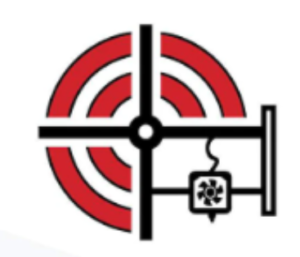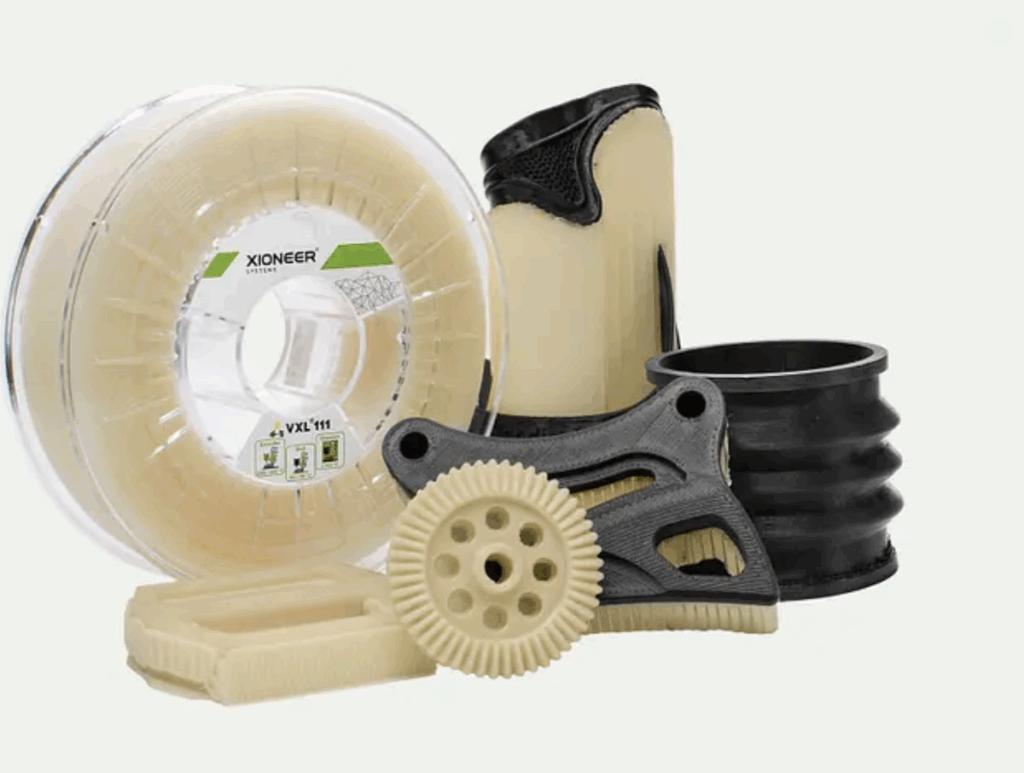Xioneer Systems has successfully 3D printed a PEEK part on the Bambu Lab H2D. The company successfully got the Victrex AM 200 material to print. Using Xioneer´s own VXL 111 soluble support and annealing it post print they got it to work. The company will now try to get PEEK to work with the AMS material management box that comes with most H2D´s.
Robert McKay, who is the Head of New Business Development, Additive Manufacturing and New Technologies at Victrex, was impressed.
¨when you said you printed PEEK-based VICTREX AM 200 on a Bamboo Lab, I didn’t believe it—until you showed us the parts! The lower melt temperature and improved flow of the LMPAEK polymer made it possible, while still supporting VXL 111 soluble supports and post-print crystallization by annealing. Impressive work!¨
Xioneer responded to this by saying, ¨For us it was a reminder to always keep on doing things that don’t seem reasonable in theory at first¨
It is indeed impressive PAEK family materials are notoriously difficult to 3D print. Often, the materials have issues with crystallization and are difficult to target processing windows. Spotting and brittle parts are a regular occurrence, even in high-temperature Material Extrusion machines. Especially large parts are difficult to do. But, given the high-performance nature of the PAEK family of materials, people will keep trying. Often intrinsically self-extinguishing, implantable in the body, radiopaque, strong, good dimensional stability, sterilizable, low outgassing, and excellent chemical resistance, these materials keep on working when others do not. Especially in high-temperature applications and high-strength parts, this is an expensive high-performance material.
Victrex´s AM 200 material has been designed ground up as a PEEK that would work for Material Extrusion. With better intra-layer bonding and dimensional stability, this semi-crystalline material is meant to be relatively easy to process. The LMPAEK variant is called low-melt polyaryletherletone (LMPAEK) or Victrex UDT AS4-143-34. Usually, your nozzle temperatures need to be around 420 to process PEEK this could work at 380 or 390. Chamber temperature could potentially also be lower. We don´t know yet if Xioneer adapted the printer a lot, or if they fried it in the end.
The company used its VXL 111 as support. VXL 111 is a soluble support material. You´ll need to warm a bath to 65 °C and then use Xioneer supplied detergent, but then the supports should wash off. It has been very difficult to develop supports for PEEK. And when they do exist, they tend to be challenging to remove.
Great stuff by Xioneer that showcases a future that could really propel 3D printing forward. Now I do think that you may have some problems with a lot of your electronics if you did this often. And many parts will probably fail. But this is an accessible large-format 3D printer. A hardened version of that 3D printer that would work for longer and manage flow in the chamber better would not necessarily be that expensive. Also, Bambu could stop doing its silly laser cutting stuff and make a super reliable high-temperature machine as well. That could be a true, affordable production unit for businesses.
But, its clear that in a few years we could be 3D Printing PEEK, PEKK, PEI, and other high-performance materials off of very affordable systems. That could put making affordable parts with incredible properties at arm’s length for tens of thousands. It also means that you could be making technical PA 12 or other PPA parts at home and turn that into a technical parts print farm business. Companies could buy and use affordable systems to make very demanding technical parts. For maintenance and MRO teams, PEEK and other similar high-temperature materials provide decisive benefits that many other materials don´t have in chemical resistance and strength. We´re also going to assume that any printer good enough for PEEK will also be good for PA and other tricky engineering materials. Printing these materials on affordable systems could really mean a huge expansion in the capabilities of print farms and 3D Printers inside businesses.
Subscribe to Our Email Newsletter
Stay up-to-date on all the latest news from the 3D printing industry and receive information and offers from third party vendors.





